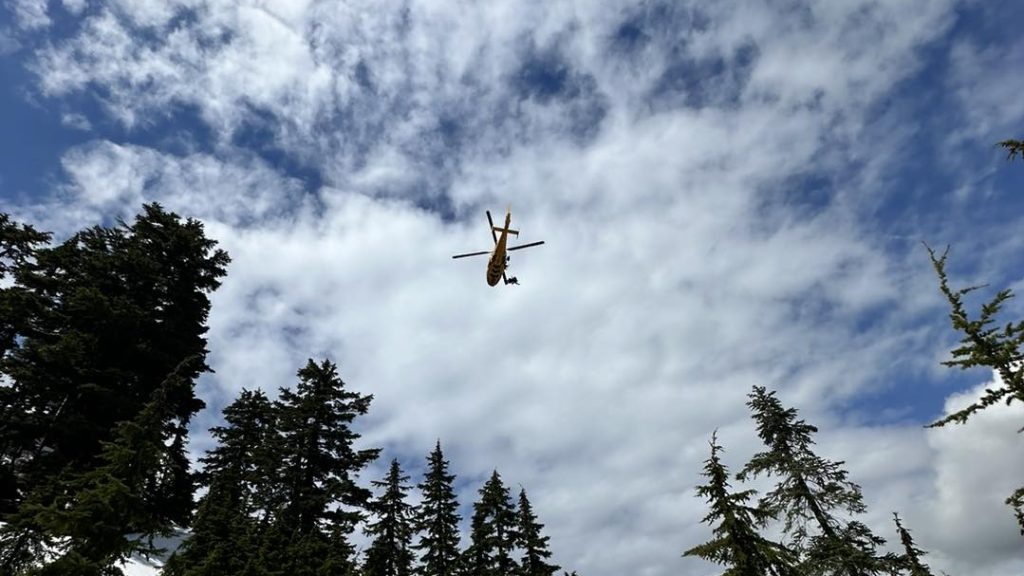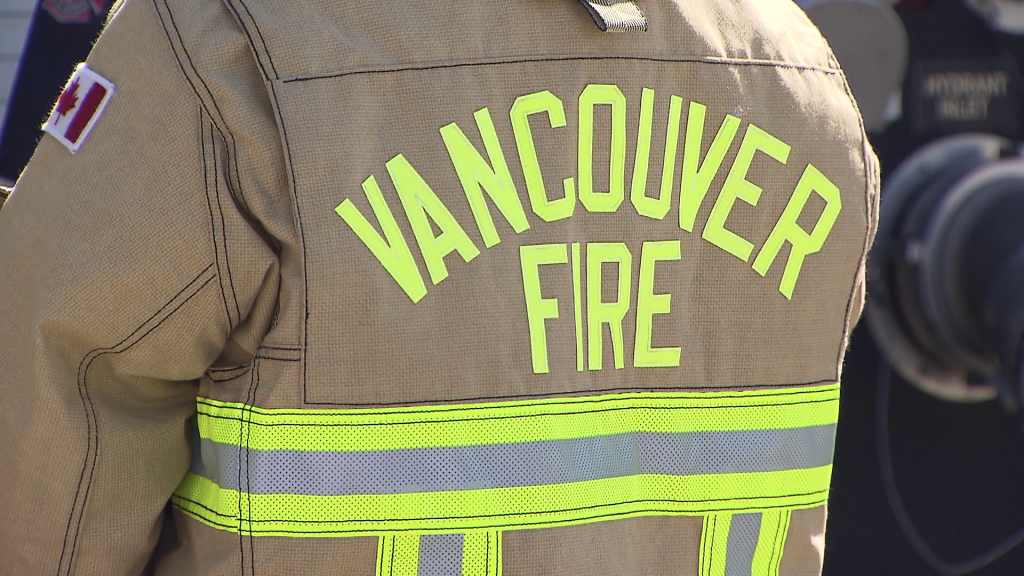Concussions: A look at how the injury affects a teenage brain
Posted November 28, 2014 6:00 am.
This article is more than 5 years old.
VANCOUVER (NEWS1130) – A lot of attention has been paid to concussions among professional athletes in the past decade.
With the amount of money being paid to these players, it’s easy to see why.
News1130‘s series on concussions at the high school level wraps up with a look at the science behind the injuries, which is still developing, especially when it comes to teenage brains.
“We don’t really understand the recovery after concussion.” says Dr. Naznin Virji-Babul, a UBC neuro-scientist.
“We do know that kids, especially, seem to take longer to recover than adults. Importantly, what’s the link between what we’re seeing at the brain level and what we see at the behavioural level?”
Virji-Babul is studying the effects of concussions, specifically on the teenage brain. She says the brain at that age is particularly sensitive when it comes to impacts to the head.
“The idea is that kids are more resilient and that they should be recovering faster, but what we’re finding from our studies is that there’s actually more activity in that area after they’ve had a concussion… and that may mean your brain is working hard to try to compensate for the injury,” she tells us.
More detailed MRIs and other technological advances have allowed Virji-Babul and her research team to take a closer look at the damage to the teenage brain.
“We can actually see that there are very fine micro-tears in the brain itself. So we can see that there’s actually changes in the structure of the brain but there’s also change in the function. So the way that we process information is being changed because of these tiny micro-tears in the brain.”
She says damage to the front part of the brain can have all kinds of negative effects, many of which are still unknown.
“That prefrontal cortex is where your higher-level cognitive functions are actually controlled — things like impulse control, decision making, your memory — all of those really important critical functions that you really need during adolescence, those are the areas that seem to be affected.”
Virji-Babul advocates a uniform concussion protocol across all minor contact sports, including the high school level, where new technology may eventually help coaches.
“We’re trying to develop some wireless sensors so that we can actually embed it into a helmet in a game situation when someone has had a concussion. We would be able to get those signals and say, ‘This kid needs to be pulled out of the game.'”
At the high school level, that decision still rests with coaches, meaning it’s almost impossible to sign off on a player’s return on the field.
“These are really important questions for coaches, for physicians to decide when you could say they’re ready to go back to play. We don’t really have that information,” says Virji-Babul.
Athletic directors and staff from the Vancouver School Board are meeting on today’s Pro-D day, working towards developing a standardized concussion protocol.










